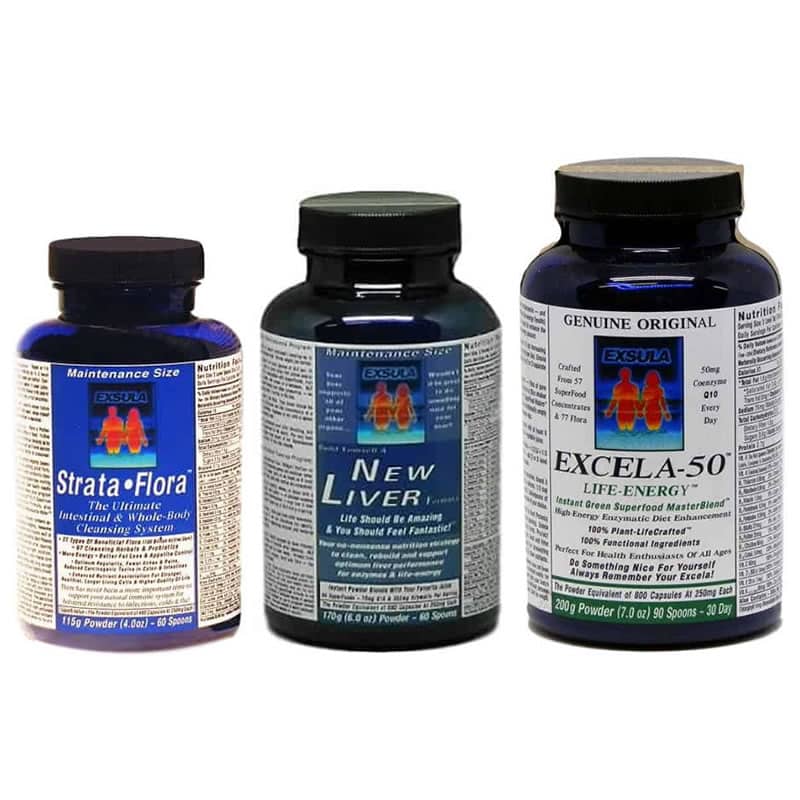No products in the cart.
Gaston Naessens (1924 to present)
Here I would like to introduce the work of M. Naessens. Apparently M. Naessens rediscovered this whole pleomorphic idea and what were earlier called “Myrozymas” or “Protits” Naessens termed “Somatids”.
Gaston was born in Roubaix France in 1924 and by early childhood had shown himself to be an inventive mind. He received his degree after WWII and immediately began research into microscopy, as well as into the nature of disease including acid base.
Like Royal Rife, Naessens developed a light microscope of his own design which he calls the Somatoscope which permits enlargements to 30,000 diameters with a high degree of resolution (150 angstroms). With this he followed Bechamp, Rife and Enderlein in showing that bacteria and other microorganisms arise from degenerated sub-cellular components of higher organisms. What were earlier called “microzymas” or “Protits” were called by Naessens – “Somatids” – immortal particles of life which survive the death of the individual. When the individual is unhealthy, the Somatid passes through a multistage cycle of degeneration and regeneration, each stage in turn being capable of independent life and reproduction. The degenerated stages of Somatids give rise to bacteria and other microorganisms under acid, acid-base conditions.
The following information and picture are taken from the Physician’s Handbook for Power, 1995, by Charlie Pixley, President, WRITER’S AND RESEARCH, Inc., 4810 St. Paul Blvd., Rochester, NY 14617.
“…the Somatid is indestructible. It cannot be killed either by heat or by any chemical product. Secondly, the Somatid has to be present in any kind of cellular division. The Somatid permits growth hormone and that permits the cell to divide correctly. It is not the Somatid that secretes the growth hormone. It is the transformation of the Somatid that liberates the growth hormone, but it is not a secretion of the Somatid. The Somatid originates in a liquid form inside the red blood cell. Each transformation of the Somatid generates a new secretion of growth hormones. He also has noted that Somatids are electro-charged particles. The membrane has a negative charge, the nucleus has a positive charge and this can be verified by putting the positive pole of a magnet near the slides, all the Somatids are attracted to the positive pull of the magnet.”
Like the tiny organisms Rife discovered through his unique microscopes in the 1920s and 30s, Naessens’ Somatids are pleomorphic (change form) in nature. Furthermore, Naessens has discovered that Somatids, the process of pleomorphism, living in healthy human bodies go through a normal, recurring 3-stage pleomorphic subcellular developmental cycle, and that each stage of this recurring cycle is directly related to healthy cellular development, acid base (pH) and growth.
These three stages are listed as 1, 2, 3, in the diagram below and correspond exactly to what we have been talking about, the only difference beings the names assigned to these forms.
Gaston Naessens and acid/base
The normal 3-stages he represents here are of course the same as the PROTIT, FREE CHONDRIT, and the LOWER VALENCED CHONDRIT FORMS of Enderlein.
[#1] As can be seen here what Naessens called/calls the SOMATID is the Protit we have been talking about.
[#2] in this diagram, called SPORES by Naessens are the primitive stage FREE CHONDRITS which as stated, can be seen most frequently constantly changing between FILUM and PRIMITIVE GRANULE (Symprotit). The sizes of these tiny primitive granules vary between 0.02 m and 1m.
[#3] Naessens calls these DOUBLE SPORES which represent the joining of the Free Chondrits. This CHONDRIT PHASE begins with the above enlargement of the Symprotits and of their Fila. The symprotits and their tails join end to end giving the chondrit forms a beaded appearance. This gives them a lively mobility as they have an even denser arrangement of tiny symprotits along the length of the fila. The size of these particles is from 0.5 to 2.0 m.
While Enderlein and other investigators popularized the concept of bacterial growth cycles, most bacteriologist were still unwilling to accept sexual forms of reproduction. Another objection was that experimenters were rarely able to show the complete cycle from start to finish. Gaston Naessens was the researcher that was finally able to do this.
“It is often stated that although a sequence of developmental forms may be observed microscopically, they do not reveal a cyclical trend that brings them back to the starting point…such culture developments should include a reversion to the original culture stage rather that manifest merely indefinite transitions – leaving the new form hanging in the air, as it were.” (W. H. Park and A. Williams, 1939)
The above includes as it’s first three steps, the 3-stage pleomorphic subcellular developmental cycle that is normal in our bodies. These three forms cause no disease and in fact are used as the medicines of Isopathic Therapies. None-the-less, the pathogenicity of the microorganismal forms rises with the developmental stages and acid-base conditions and as stated;
“THE ONLY EXCEPTIONS ARE THE VERY FIRST PRIMITIVE STAGES which are the PROTIT and the CHONDRITS that are of lowest valences. They are entirely non virulent and the play a REGULATORY role toward the higher and more pathogenic stages by decomposing these through copulatory processes. In that sense, these stages are termed REGULATORS.” (Blutuntersuchung Im Dunkelfeld nach Prof. Dr. Gunther Enderlein; Maria-M Bleaker, Compiler)
But, if the body’s immune system becomes substantially weakened due to trauma such as shock, wrong nutrition, chemical pollution, or even psychological depression, Naessens has found as Enderlein and Antoine Beauchamp did, that the Somatids switch gears, so to speak, and rapidly go into a 16-stage pleomorphic cycle, producing bacterial forms similar to the bacterial microorganisms Rife had discovered. Rife too had documented a similar 16-stage subcellular growth cycle through his microscope.
Along these lines, the fourth stages and beyond in the above diagram can continue and develop into the more dangerous and pathological forms that are familiar to us;
[#4] Next the first bacterial forms appear. These Chondrits form circles (closed loops) composed of symprotit heads distributed around the ring made of fila. The small symprotit heads move together and fuse forming the nucleus. These are of course the resultant quantum like conglomeration of Protits which in their multiplication, the primary tiny lumps begin to differentiate themselves and increase in size and get a small spherical form, with a nucleus residing at the cell wall. These are pathogenic.
[#5] From the above, bacteria with 4 – 8 nuclei develop, and finally a bacillus or rod with 16 and more nuclei. These are the Double Bacterial Forms of Naessens. These are the progenitors of the masses of bacteria and bacilli, the Rod Forms which we develop in ourselves, according to Enderlein and now according to modern science. Cancers are known to be full of rotting bacteria and now heart disease is linked with the bacteria Chlamydia pneumoniae as discussed. Base powder is necessary.
These later stages get into what I call the degenerative (fermentative and putrefactive) phases of these miroorganismal forms. As this degeneration starts with fermentation type processes, by the formed microorganisms, these later stages are referred to under the above topic, Antoine Bechamp and Fermentation.







